WINDMILLS

WINDMILLS and WATERMILLS
A windmill is a mill or machine operated by the wind usually acting on oblique vanes or sails that radiate from a horizontal shaft to pump water or generate electricity.
A watermill is a mill that uses hydropower. It is a structure that uses a water wheel or water turbine to drive a mechanical process such as milling (grinding), rolling or hammering.
There are 1,048 windmills and 108 watermills in the Netherlands. South Holland is the largest mill province with 220 windmills and Utrecht the smallest with 33 examples. Most water-driven mills can be found along the border with Germany and Belgium. The province of Limburg is the province with the most water-driven mills.

The Kinderdijk windmills, built around 1740, are a group of 19 monumental windmills in the Alblasserwaard Polder in the Netherlands

Kinderdijk windmills

Moulin de Moidrey at Pontorson, dating from 1806, located 5 km from Mont Saint Michel in France.

De Zeswielen Molens, Alkmaar-Oudorp, the Netherlands, June 2023

De Zeswielen Molens, Alkmaar-Oudorp, the Netherlands, June 2023

Tweede Broekermolen, built in 1631, Uitgeest, the Netherlands, June 2023
Moulin du Cugarel, Castelnaudary, dept. Aude, France
The Cugarel mill was one of the 32 mills in town in the 17th century. Built in local stone, it is a typical Lauragais windmill with its tapered shape. Restored in 1962, it still has all the internal mechanism: large spinning wheel, large iron and the two grinding wheel chambers. These millstones, cut in the granite of Sidobre close to Castres, carried out a turn per second. At this rate, we could produce milling up to 3 bags per hour (50 kg bags for oats and wheat, 78 kg for corn). The miller oriented the wings from the roof or "capelado" using a rack. Depending on the strength of the wind (Cers or Autan wind) the miller arranges the sails on the wings (7m). After releasing the brake, the grinding work could begin. The Cugarel mill operated until 1921. The creation of the Canal du Midi by Pierre Paul Riquet gave the flour mills a significant boost. Castelnaudary becomes the only major port between Toulouse and the sea allowing the export of all the cereal wealth of Lauragais.
Moulin Benazeth, Villeneuve Minervois, dept. Aude, France
This mill was built in 1819 to supplement an already existing water mill at Villeneuve-Minervois. It was exploited until 1890. In 2001, Frederic Bénazeth, young contractor and son of the last owner, having discovered the history of this mill which was yet only a circular wall filled up with rubble, decided to put his enthusiasm and his passion in the rebuilding of the mill.
Geestmolen, Alkmaar, North Holland, the Netherlands, April 2022
The mill auger, also called worm screw, was used from 1630 in polder mills to screw up the water. The worm screw came in handy especially when milling had to be done deeper than 1.50 metres. These mill augers were also used when draining the Geestmolenpolder in Egmondermeer, where this mill is located. The "Geestmolen" was built in 1565 and is a national monument.
Zaanse Schans mills, Zaandam, North Holland, the Netherlands, April 2022
Left: The "Kat" is the only windmill that makes paint. Right: The "Gekroonde Poelenburg" is a wood saw mill or paltrokmill.
Molino de viento El Perelló, Tarragona, Spain, May 2022
This fully restored beautiful windmill in "La Mancha" style within the town of El Perelló in Baix-Ebre was built in 1564 and functioned as a corn flour mill.

Molino de Santa Ponça, Calvià, Mallorca, Spain, Sept. 2013
A flour-based windmill on a roundabout. Built in the middle of the 19th century, the Santa Ponça mill was used as a home and was abandoned in the first quarter of the 20th century. It is owned by the Calvià Town Hall and was restored in 1995. The Consell de Mallorca built the spire and blades.



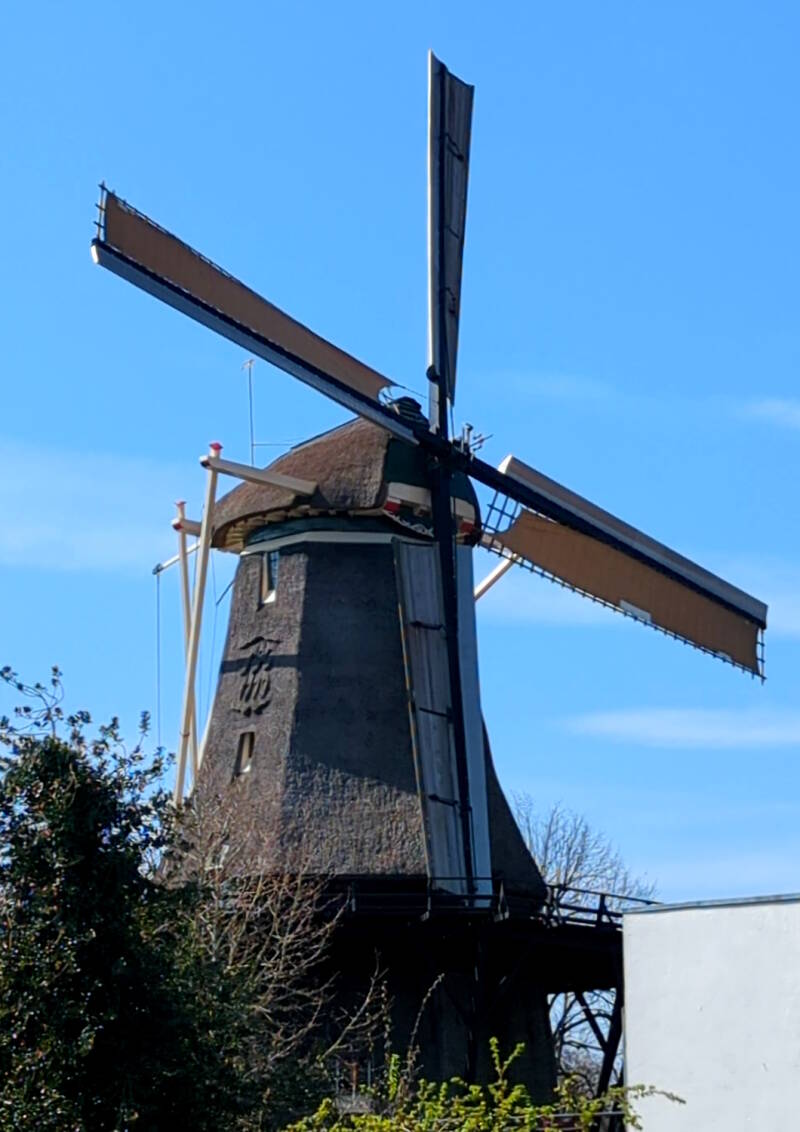
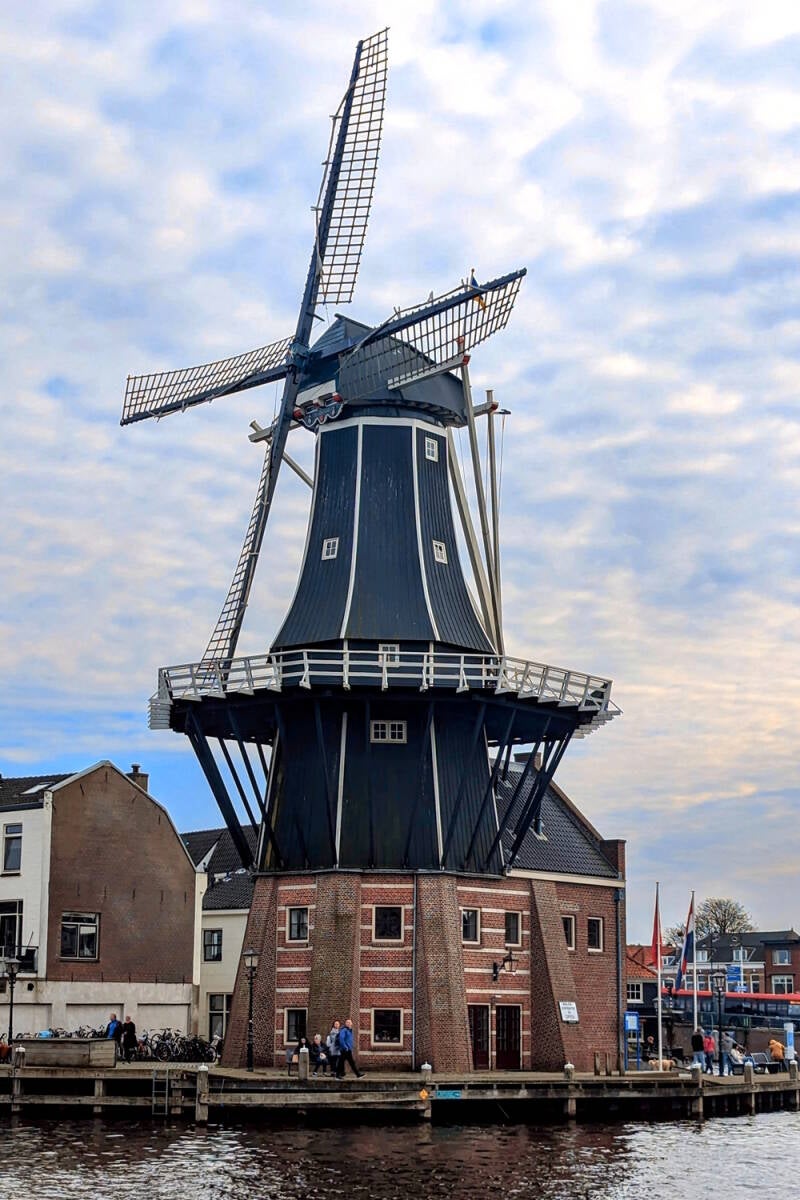
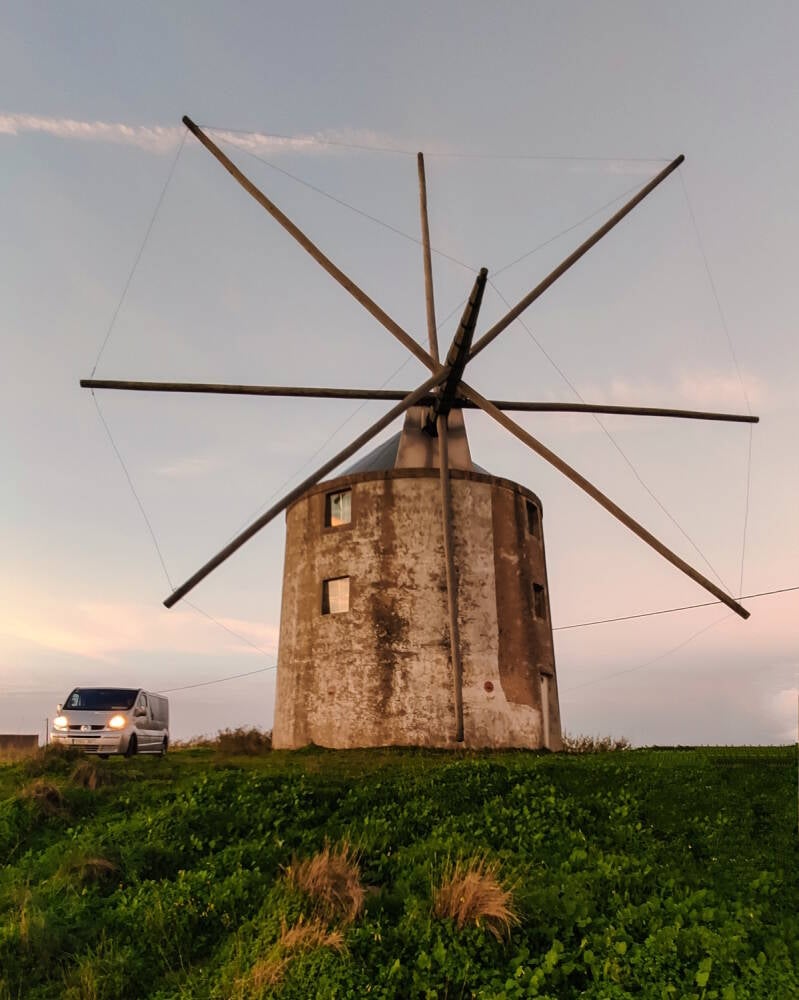
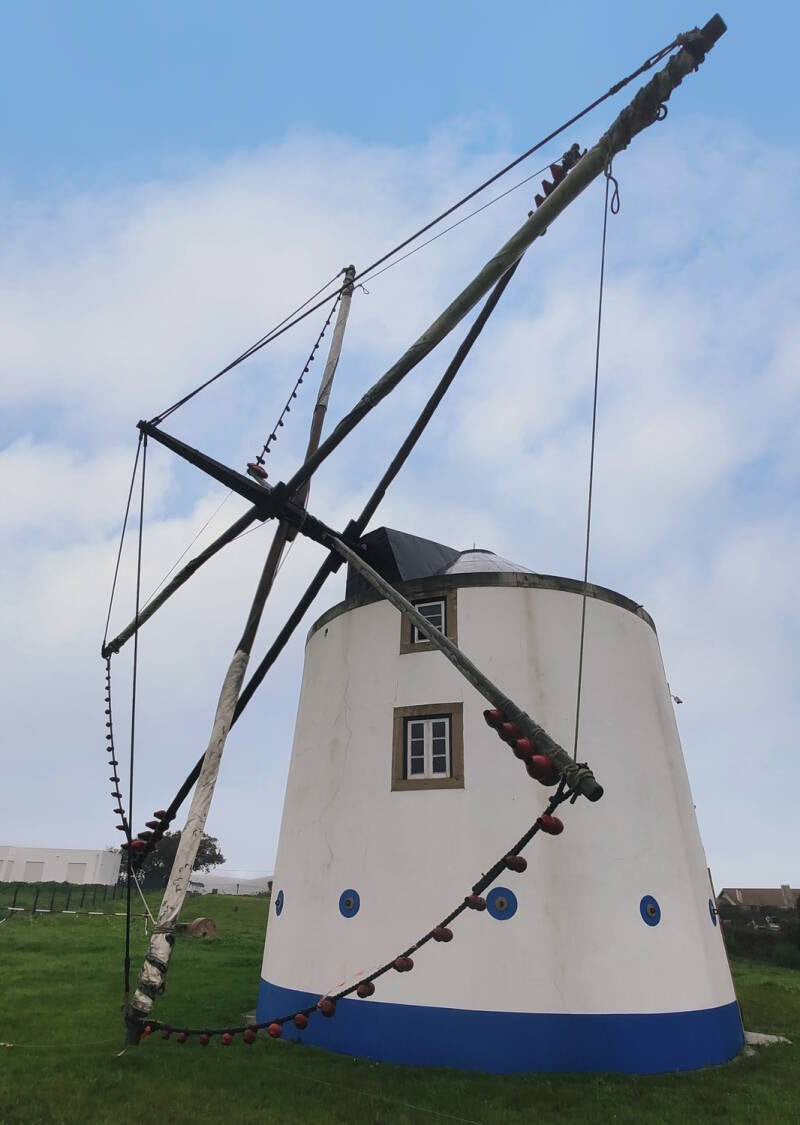
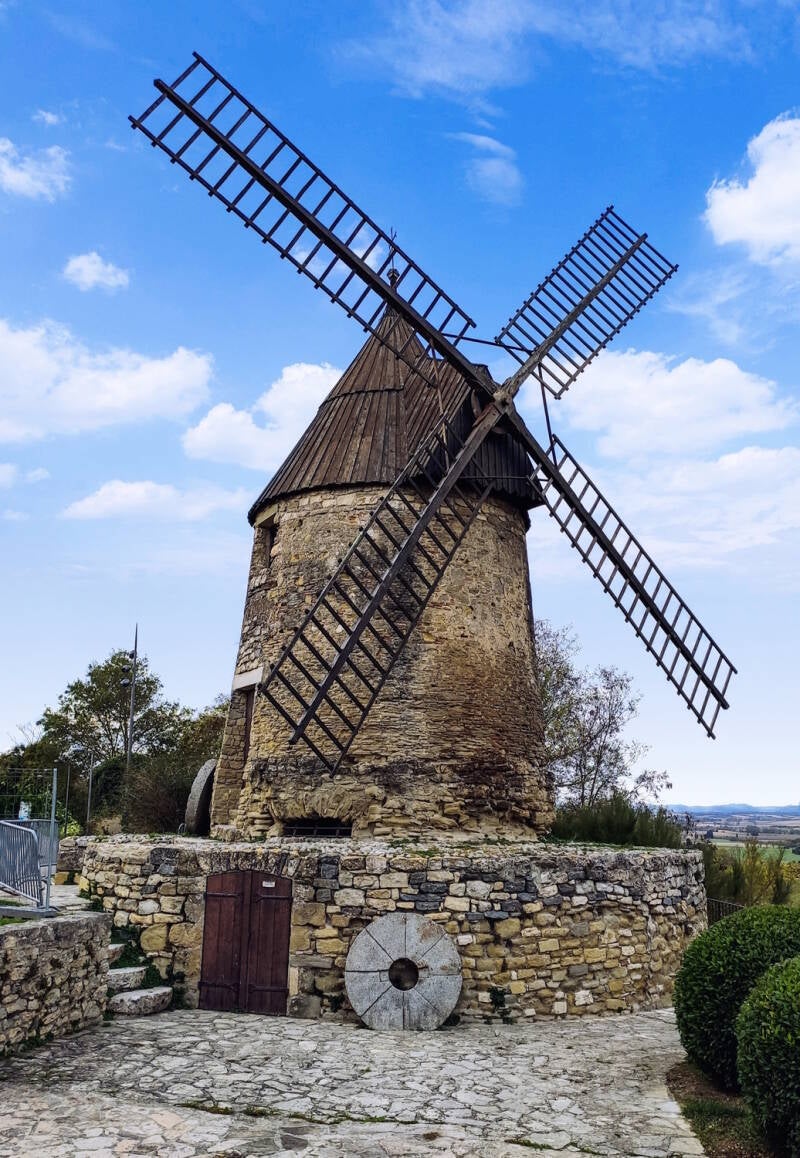
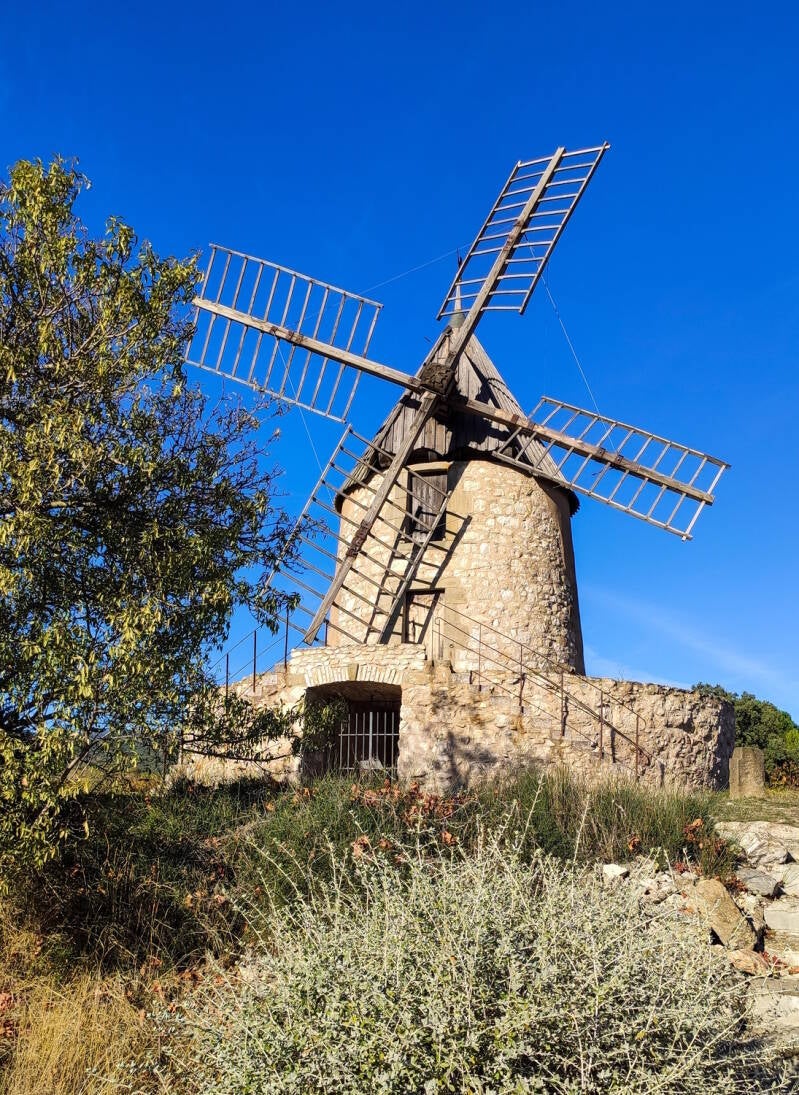
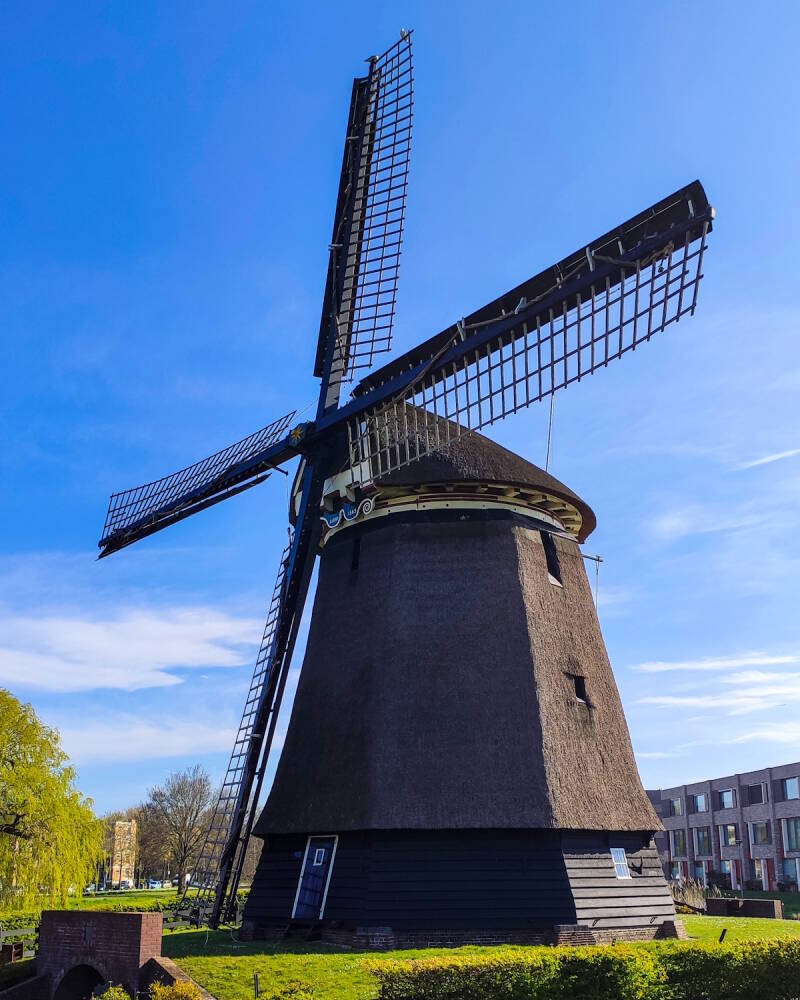

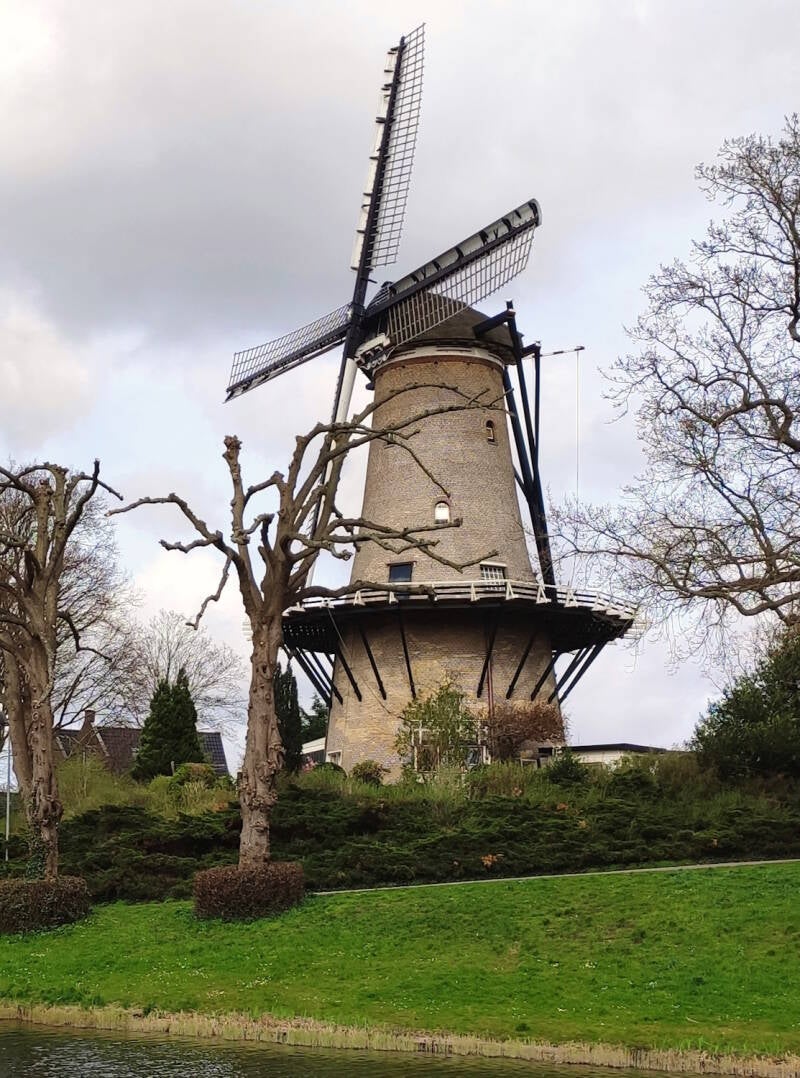

Create Your Own Website With JouwWeb